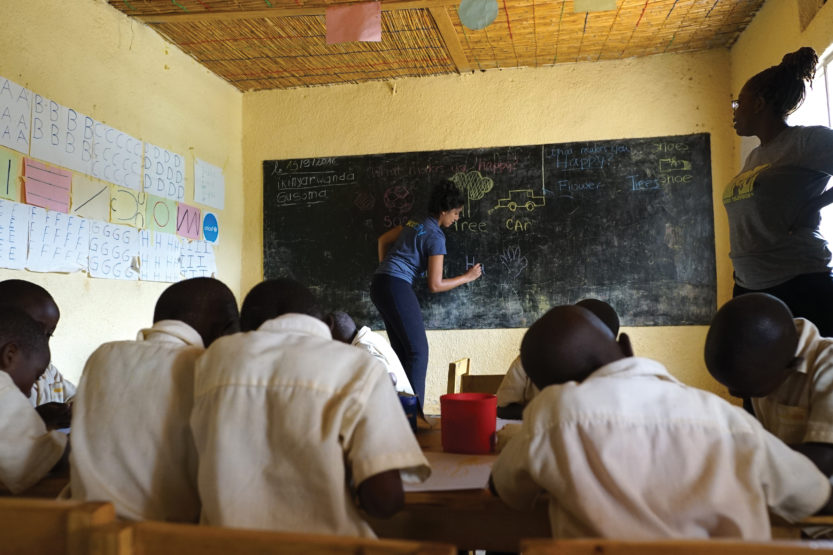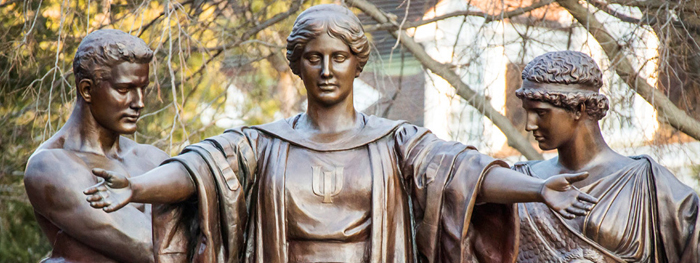Priya Shah: Simply Good
 “Our mission is to connect the meaning of good from around the world to empower at-risk youth through art and discussion,” says Priya Shah, founder of The Simple Good. (Photo by Cam Be)
“Our mission is to connect the meaning of good from around the world to empower at-risk youth through art and discussion,” says Priya Shah, founder of The Simple Good. (Photo by Cam Be) More than most, Priya Shah, ’09 BUS, understands the meaning of life’s seemingly small things.
A blood clot nearly cut short Shah’s life while she was traveling to Morocco and Spain in 2008. As she surrendered to what seemed certain death, a rush of images filled her mind—memories of simple things like laughing with friends and playing video games with her brother.
“It was all the small moments that I didn’t take seriously that I wanted one more time,” she says.
Having been given a second chance at life, Shah now helps others celebrate “the simple good” in life.
Even before arriving at the University of Illinois, Shah had traveled the world to help those in need. Having seen worthy nonprofits fail due to a lack of business knowledge, the artist and humanitarian made a calculated decision to study accounting and finance.
After landing a job at Ernst & Young, Shah—in search of a creative outlet—started a blog with friends in 2011. Called “The Simple Good,” it featured 52 favorite travel photos that captured moments of beauty, peace and joy.
“Within a week, the blog went viral,” recalls Shah. “It tapped into that fundamental element of good that connects us as human beings.”
In 2013, that blog became the inspiration for her Chicago-based nonprofit: The Simple Good.
“Our mission is to connect the meaning of good from around the world to empower at-risk youth through art and discussion,” she says.
Targeting third- through eighth-grade students living in underserved areas, the eye-opening, eight-week program promotes social-emotional learning, mindfulness and global competency.
The program begins with photos of “the simple good” submitted by supporters around the world. Students then use the photos as a point of discussion and inspiration for writing and art.
“I call it a crowd-sourced curriculum,” says Shah. “The world is teaching our students about good.”
More than a feel-good initiative, the program—which incorporates social and emotional learning standards—leads to measurable behavioral changes, Shah notes.
“By the end of the program, students are more thoughtful, calm and empowered,” she says. “It becomes part of their lives to appreciate little things, and it changes how they see the world.”

